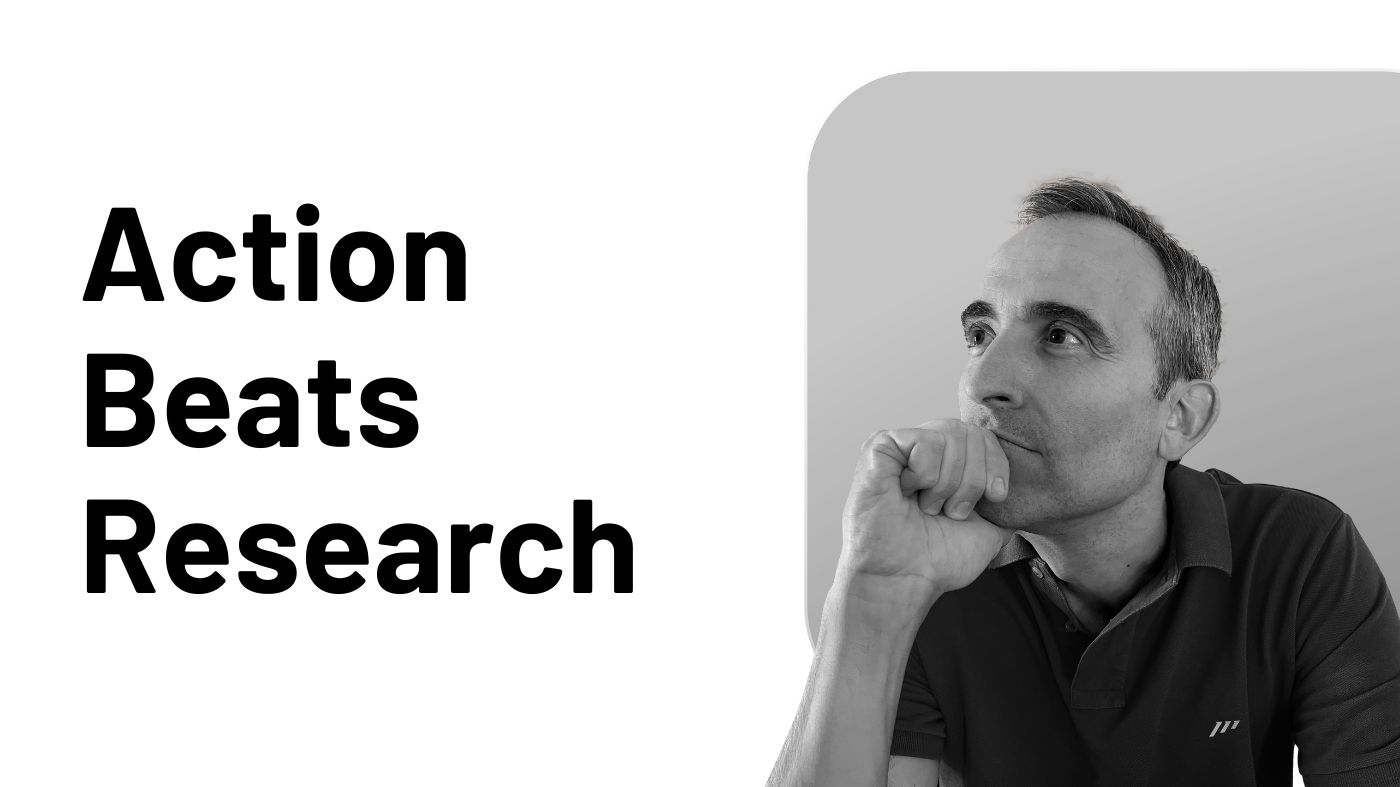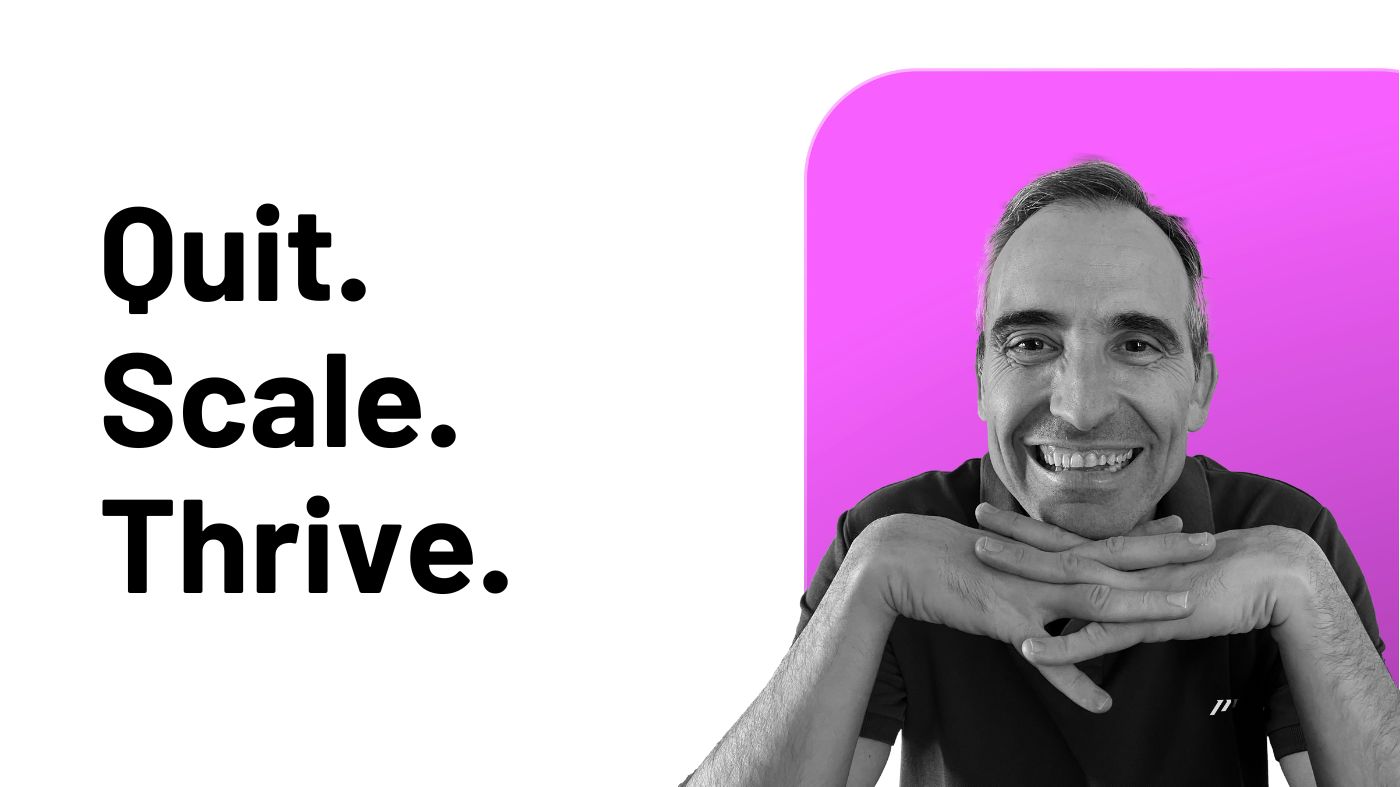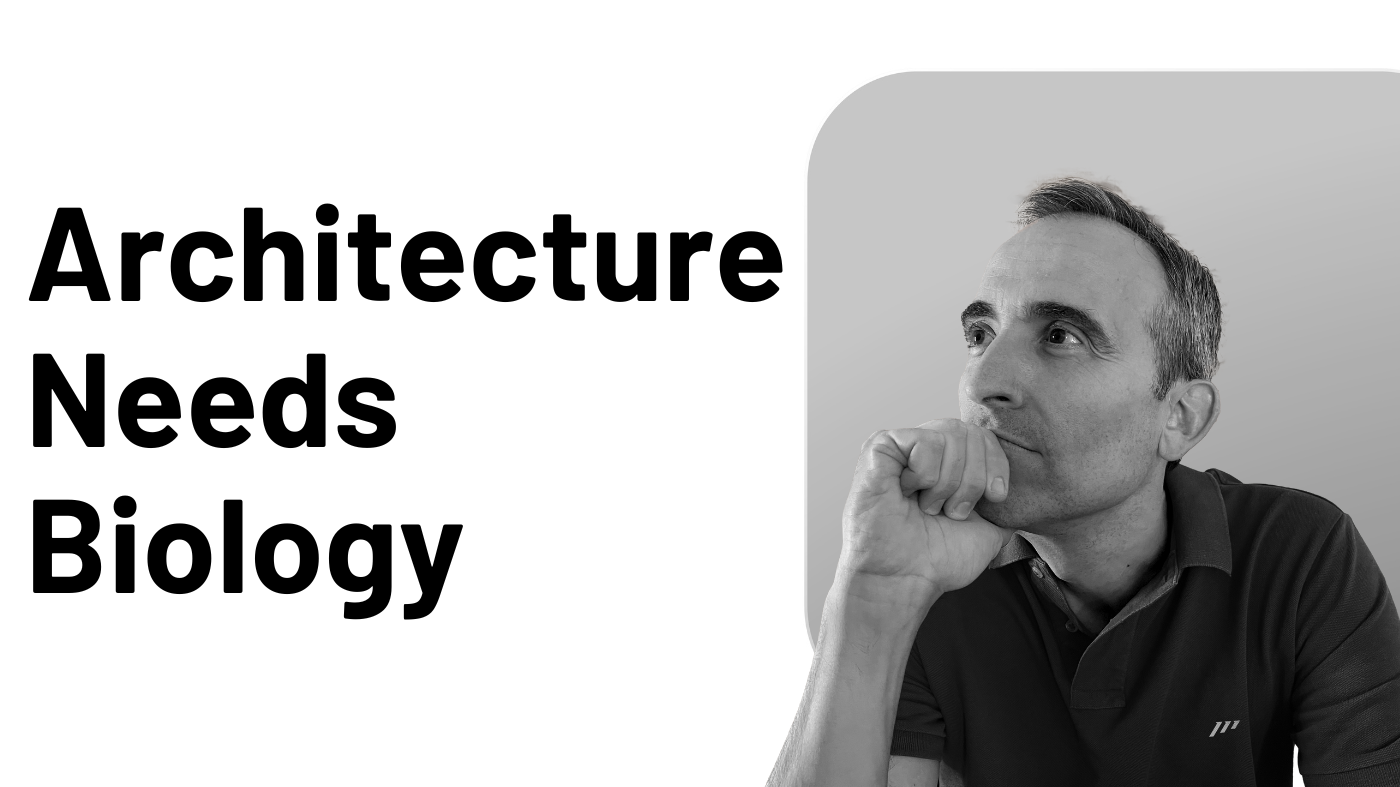In the fast-paced world of the modern busy professional, juggling information, projects, tasks, and deadlines can be a daunting endeavor.
Staying optimally productive is not just about working harder; it’s about working smarter.
And in this age of digital solutions, your perfect ally could be establishing a customized productivity tool stack.
However, creating the perfect productivity tool stack involves a strategic approach to selecting and integrating the tools that best fit your needs while ensuring they work harmoniously together to boost your efficiency and effectiveness
Here, I share a comprehensive 7-step guide based on the ICOR® Framework, a tool we’ve carefully designed and built at the Paperless Movement® to help you create a highly efficient and customized end-to-end productivity system, empowering you with the best tools possible to move from information to action effortlessly.
Let’s dive in!
Step 1: Understanding the ICOR® Framework
The ICOR® Framework categorizes productivity tools into four main areas:
-
Personal Knowledge Management (PKM)
-
Personal Project Management (PPM)
-
Business Knowledge Management (BKM)
-
Business Project Management (BPM)
This framework assists in identifying the types of tools needed based on whether they serve personal or business purposes and whether they are for managing information (knowledge) or actions (projects and tasks).
I invite you to learn more about the ICOR® Framework and the productivity tool stack we use daily at the Paperless Movement® by visiting this link.
Step 2: Assess Your Needs
Before diving into tool selection, clearly define your goals for your productivity system.
Consider your daily tasks, projects, and the information you need to manage. Identify any gaps or redundancies in your current system.
This clarity will guide you in choosing tools that truly meet your requirements.
“A goal is created three times: first, as a mental picture; second, when written down to add clarity and dimension; and third, when you take action towards its achievement.” — Gary Blair
Step 3: Select Tools According to the ICOR® Framework
The ICOR® Framework categorizes productivity tools into four main areas:
-
Personal Knowledge Management (PKM): Tools in this category focus on managing individual knowledge, information collection, and personal learning. They are designed for independent work, emphasizing the organization and management of information necessary for your work and life.
-
Personal Project Management (PPM): This category includes tools that assist individuals in planning, executing, and monitoring their personal projects and tasks. These tools aim to improve personal productivity and task management without requiring team collaboration.
-
Business Knowledge Management (BKM): Tools within BKM are aimed at managing organizational knowledge and support team or departmental information sharing, documentation, and collective learning.
-
Business Project Management (BPM): Tools in this category are designed for managing team or organizational projects, featuring capabilities for collaboration, task delegation, progress monitoring, and communication among team members.
Step 4: Analyze and Position Each Tool
Once you have compiled a list of potential tools, position them within the ICOR® Framework to evaluate their primary function and identify any potential overlaps, a process that will be further explored in the next step.
The main goal of this step is to assist you in visualizing how each tool integrates into your overall system, identifying any gaps.
Upon detecting any gaps, consider how you can fill them, possibly by looking for additional tools if necessary.
Step 5: Look for Overlapping Capabilities
The ICOR® Framework highlights the critical moments of overlap between these areas.
Nowadays, numerous software tools provide features spanning multiple areas.
“Simplicity involves subtracting the obvious and adding the meaningful.” — John Maeda
For instance, certain project management tools also incorporate knowledge management features, such as ClickUp.
Identifying these overlaps can assist in reducing the number of tools in your stack while enhancing functionality.
Step 6: Prioritize Integration and Interoperability
Aim to select tools that integrate smoothly with one another to guarantee a seamless workflow.
The capability to synchronize data across your tool stack minimizes manual data entry and errors, thereby saving time and enhancing efficiency.
A concrete example I can offer is our use of Sunsama as the planner within our tool suite.
Sunsama enables the integration of information and action from multiple other tools such as ClickUp, Slack, Gmail, Google Calendar, and Todoist, among others.
Step 7: Refine and Iterate
Don’t view your productivity system as something you conceive, design, build, implement, and then disregard.
Think of your productivity system as a living entity, evolving over time, just as you evolve as a human being.
Since your needs and the available tools will inevitably change, it’s crucial to regularly review your ICOR® Framework to continually refine and optimize it.
Eliminate tools that no longer meet your requirements and be open to adopting new technologies that can enhance your productivity, such as AI (Artificial Intelligence), for instance.
Last Thoughts
By following these steps, you are not just selecting a collection of tools; you are strategically building a productivity system that is tailored to your unique needs, streamlined for efficiency, and adaptable to change.
Remember, the goal is to have a system that works for you, helping you achieve your goals with less effort and more satisfaction.
If you want to dive deeper not only into the ICOR® Framework but also into the ICOR® Journey, a set of five pillar courses we’ve designed to help you build a productivity system end to end, do not hesitate to join the Paperless Movement® Membership, specifically designed to help busy professionals work faster and smarter, achieving all their goals.




